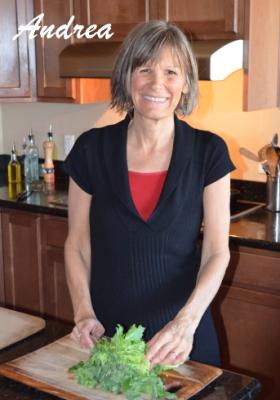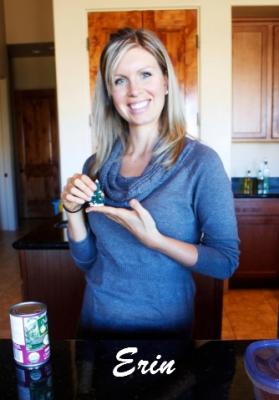Curious about kombucha? You're not alone. Many are discovering the benefits of probiotic beverages such as kefir, kvass, and kombucha.
What is kombucha?
Kombucha is a fermented, probiotic, naturally carbonated tea, combining sweetened tea with a "mushroom" consisting of active cultures of yeast and bacteria. This mushroom (pictured below) is better known as a SCOBY, or Symbiotic Colony of Bacteria and Yeast.
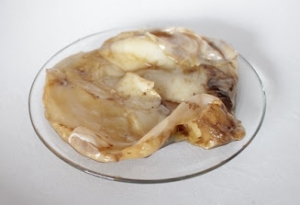
Can kombucha be harmful?
Unlikely, but possible. The trick is proper preparation and careful monitoring of the culture. As with any fermented food, beneficial microbes are given favorable conditions to "win out" over the harmful ones. Kombucha utilizes a starter along with the SCOBY to ensure your beverage goes in the right direction. If the mushroom turns black or the drink smells "off," discard and begin again.
It's possible to mistake a healing reaction for a harmful one. When beneficial microbes are introduced into the digestive system, the "good guys" can kill off the "bad guys." This may result in a Herxheimer Reaction. If this occurs, back off of the ferment and try again with a small amount.
What's the difference between batch and continuous brewing?
Both methods involve a SCOBY, a starter, and sweetened tea. With batch brewing, brew for 7-10 days or so, then strain and enjoy. With continuous brewing, there is no straining. You drink 25% of the container and then refill.
For those just beginning this venture, I suggest going straight to continuous brewing. I find it MUCH easier and equally delicious.
Where can I find a SCOBY?
Most batches will produce an extra SCOBY. If you have a friend who is brewing kombucha, ask them for their next "baby." Be sure to ask for some of their finished beverage to add as a starter. Starter kits that include a SCOBY are available online. Sources include:
What type of sugar and what type of tea?
Any refined organic white sugar will work. Unlike water kefir which thrives on the minerals contained in unrefined sugar, kombucha does better with refined sugar. All fermented foods need a substrate, and white sugar works great for kombucha. As for tea? Black or green tea work well, but herbal teas can hinder the process. I like Pure Puer Tea.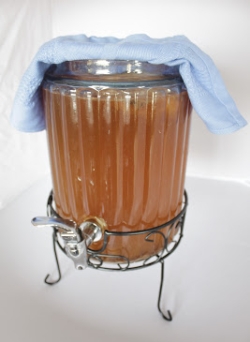
What type of container is best?
When brewing with the batch method, any glass jar will work. For continuous brewing, Kombucha Kamp offers a certified lead-free porcelain container as well as a stainless steel one.
In the photo at right I'm using a 1.5-gallon glass dispenser with wire stand, purchased at Bed Bath & Beyond for $16. A 3-gallon container is preferable.
With continuous brew, do I need to clean out the container?
Once or twice a year is often enough to put the SCOBY aside and clean the container thoroughly. I recommend cleaning with raw apple cider vinegar because it cleans with no trace of chemicals. I use Vinegar of the Four Thieves.
What if my kombucha gets "off"?
Because you're dealing with live organisms, the balance can veer off rather easily. It's not hard to get it back on course by making a few minor adjustments. This article titled Kombucha, the Balancing Act is an excellent resource for this.
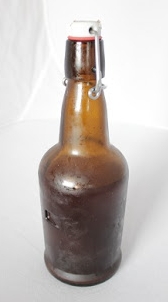 You can do a second ferment by filling a glass container, tightening the lid, and letting it sit for 24 hours at room temperature. Add lemon, ginger, vanilla, cinnamon sticks, or any other favorite ingredient for enhanced flavor. The second ferment will add more fizz!
You can do a second ferment by filling a glass container, tightening the lid, and letting it sit for 24 hours at room temperature. Add lemon, ginger, vanilla, cinnamon sticks, or any other favorite ingredient for enhanced flavor. The second ferment will add more fizz!
My kids enjoy kombucha in the swing top bottles pictured at left.
Continuous or batch, kombucha makes a great addition to anyone's daily routine!
